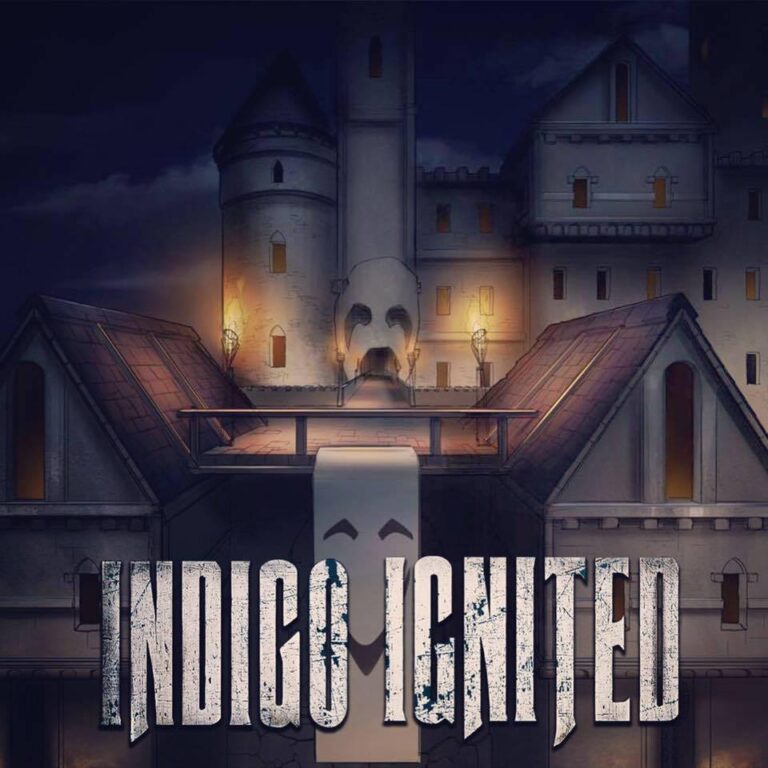Culture Shock: Anime Ignited
Albuquerque's “Indigo Ignited” Bridges Worlds With Japanese Production


Samuel Dalton/Indigo Ignited
Latest Article|September 3, 2020|Free
::Making Grown Men Cry Since 1992


Samuel Dalton/Indigo Ignited


